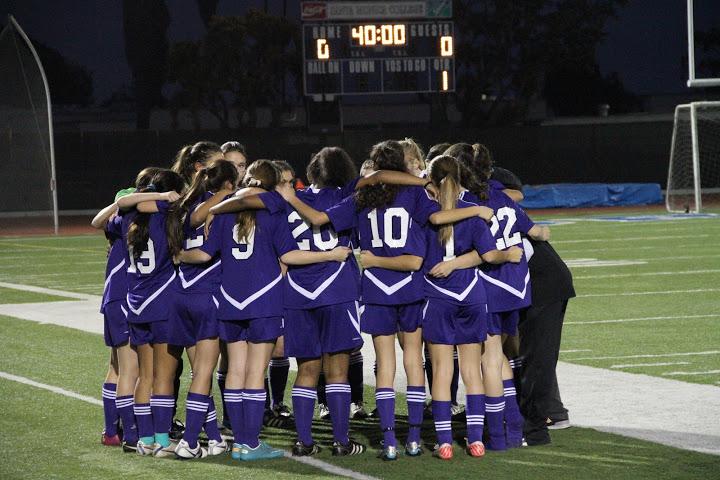Forty years ago, when President Nixon signed Indiana Senator Bayh’s Equal Rights Amendment, Title IX transformed the world of female athletics. Today, women and girls in sports all over the nation benefit from the athletic equality the amendment ensures in sports from elementary schools all the way to the university level. It is no wonder why Bayh is nicknamed the “father of Title IX” and his bill is highly esteemed by female American athletes, teams, coaches, and fans.
The staggering statistical rise in female athletes since the establishment of Title IX is clear. According to the National Women’s Law Center, “girls’ participation in sports in elementary and secondary schools has skyrocketed since Title IX was passed… in 1972, only 295,000 girls competed in high school sports, whereas 3.67 million boys did. By 2010-2011, the number of girls playing had risen to 3.2 million and the number of boys to 4.5 million.”
Once upon a time, boys earned all of the support for athletic and academic achievement and girls were thought to be unnecessary recipients of the materials and support for success in their own endeavors. Such an ideology manifested in, according to Ramsey and Abbey of ABC, lower pay for female professional athletes, fewer sports scholarships for collegiate athletes, and discrimination against women and girls in sports at all ages, including in friendly neighborhood leagues. But, the world in 2012 works a little differently now thanks to Title IX.
By law, schools today must provide the same facilities, coaching staff, equipment, and encouragement to girls teams as they do to boys teams. The NWLC explains the three ways an educational institution can show their compliance with the rule. The first, it says, is statistical equality in the percentage of females in the student body and the percentage involved in athletics. Secondly, the school makes a consistent effort to involve more girls in their sports and improve their athletic programs. Lastly, the school must be able to provide everything necessary for those interested to pursue their athletic interests.
Title IX will help Archer athlete Krysia Sikora ‘13 in her future college soccer career. She says it “means everything to her” because “without it, college athletics would remain a male-dominated sphere. But ever since Title IX, collegiate athletics for women has risen.” She credits the amendment for “opening up more opportunities for women, not just for sports but for education as well.”
Although the battle for women’s rights is far from over, the pivotal justice awarded to female athletes in 1972 for future generations of women brings to the table other social issues like abortion, equal pay in the workplace, sexual harassment, and the lack of women in politics. American women, athletes and non-athletes, 40 years later, look around and ask, “if equality can exist in sports, why not in politics, the workplace, the home, and the rest of the country?”
So thank you, Senator Bayh and President Nixon, for the opportunity to shine in athletics and take another major step towards gender equality.















